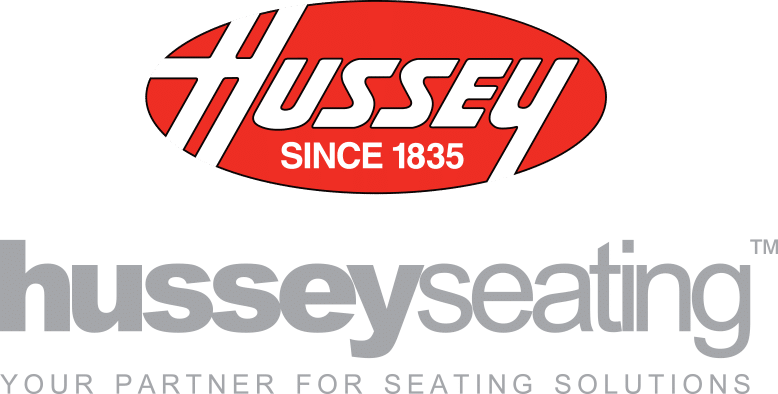Here are five items to check off your school nutrition checklist:
1. COOKING
• Make sure your ovens are calibrated properly. This is easy to determine by purchasing an inexpensive oven thermometer and placing it in your oven and setting your oven at various temperatures and verify the thermometer reflects the temperature you set it at.
• Hoods should be checked for proper operation and verify that the cartridges and the ducts are cleaned. We’ve had several restaurant fires in recent months and all attributed to grease in the ductwork. Have a qualified maintenance engineer within your system or a certified service agency get in there and check it out.
• If you still use fryers in your system, verify that they are calibrated properly and make sure your filter and filter supplies are up to speed.
• For your steamers, dishwashers, combi-ovens and beverage equipment, make sure your water treatment filters have been replaced and checked.
• Check your gaskets and drain lines on your steam equipment. The gaskets take a beating and are usually easy to replace. Your cleaning program should include cleaning the gaskets daily.
2. HOLDING
• The same way you check the calibration of your ovens, you should check your refrigeration. An inexpensive thermometer placed in your reach-ins, milk coolers and walk-ins should confirm the temperature of your corresponding built in thermometer.
• Make sure you check the gaskets of your refrigeration, as well. They wear out over time and are also pretty simple to replace. Keeping them clean by wiping them down with a damp cloth and mild soap solution will greatly extend the life of those gaskets.
• Check your hot holding cabinets for proper holding temperatures. This is another opportunity to use an inexpensive external thermometer to sit in the cabinet and verify that you are holding at the temps the keep the food safe without drying it out. If you are using units with infinite controls (numbered 1-10), place a mark or tape a note to the control that tells your staff where it should be set to hold at your specified temp.
3. STORAGE
• Check your storage containers. Make sure they are in good shape and have lids that seal properly.
• Verify you have the supplies to properly date and indicate rotation of stored products. DayDots or markers and labels of some sort along with a specific system will usually do the trick.
• Trash needs to be stored properly also. Make sure your cans and liners are sufficient.
• Consider shelving for your walk-ins and dry storage. These products have come a very long way over the years and are now easier to adjust and clean. There are even products called high density shelving to maximize your space if you find yourself in a school that is a little lacking in storage.
4. STAFFING
• Reach out and schedule an in-service with your equipment manufacturer’s representative to make sure new staff are comfortable with the equipment and operation.
• Take some time to see if the equipment you have is compatible with your available staffing. There are solutions that you can plan for to better utilize available labor if you find your system struggling to get enough staff.
• Don’t forget sanitation controls for your staff. Hair nets, gloves and aprons should be fully stocked.
5. EQUIPMENT NEEDS
• Start making your wish list for replacement equipment. Give yourself plenty of time to explore new options and properly evaluate existing ones. Try not to get stuck in the “this is the way we have done it for years” mode. Solutions are getting better every day.
• Schedule a time to review your needs with someone that works for the manufacturer. Engage them on your pain points or trouble spots in your operation and see what solutions might be available.
This information is courtesy of High Sabatino Associates, the premiere manufacturer’s representative for quality foodservice equipment in the Mid-Atlantic region, www.highsabatino.com.










